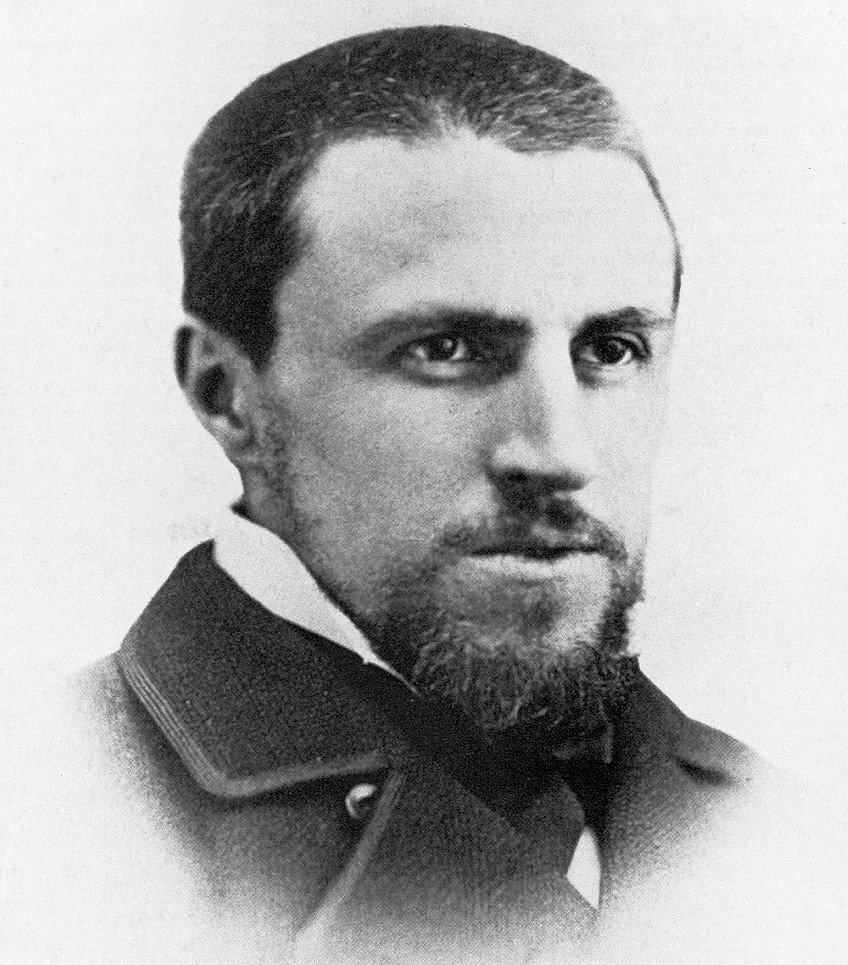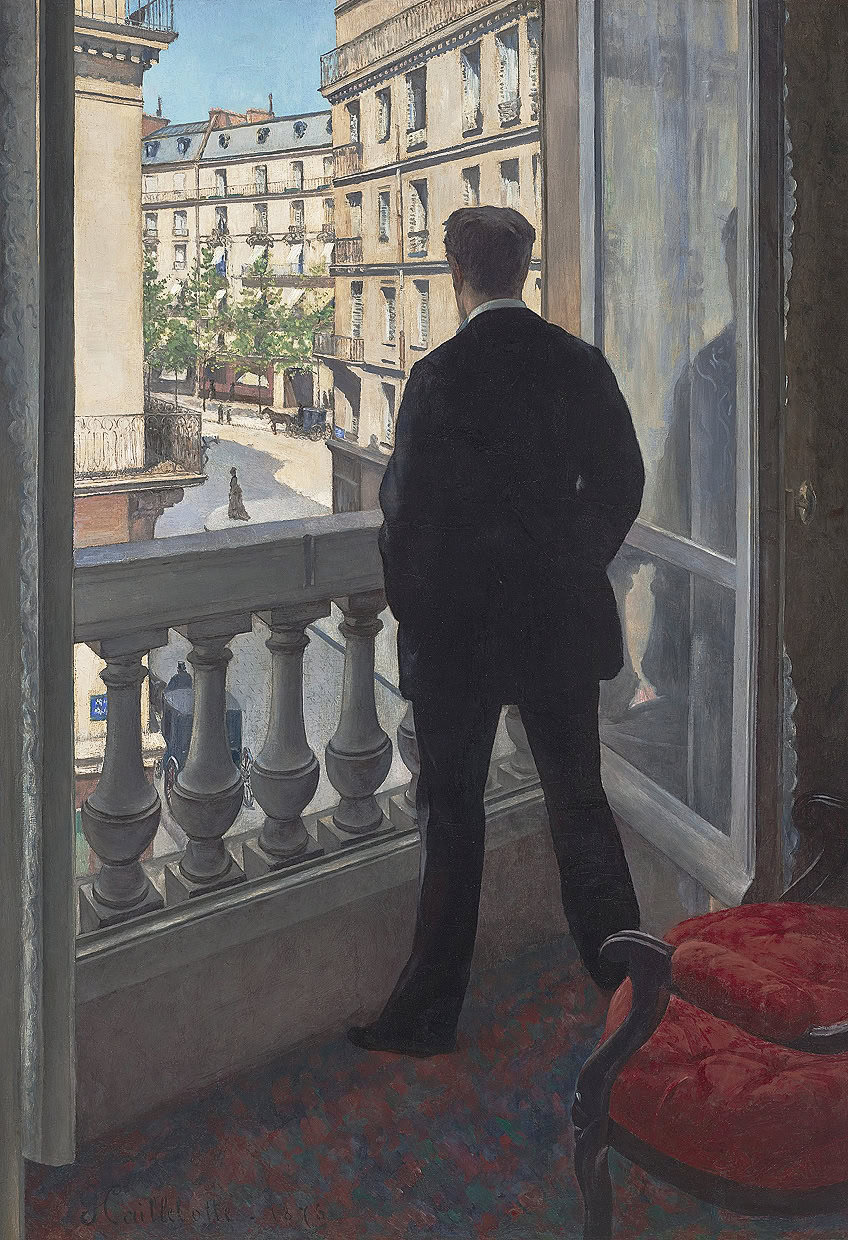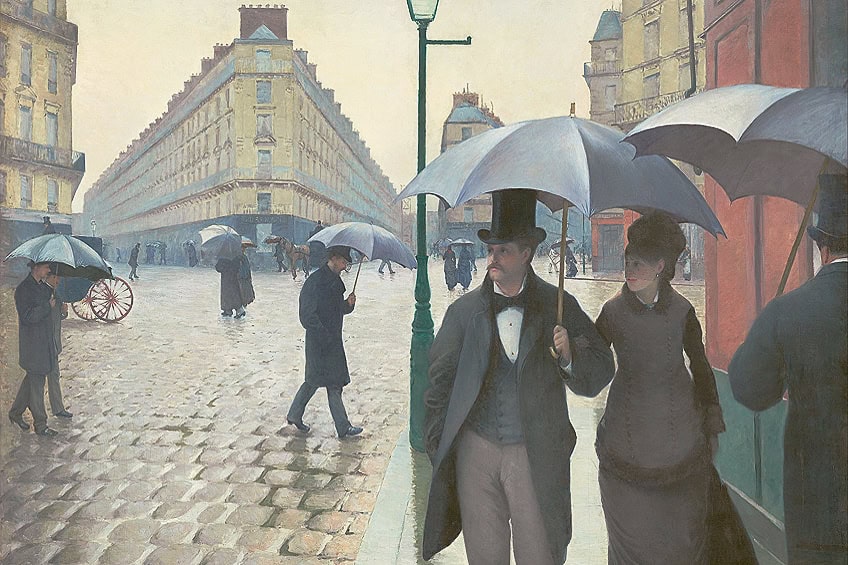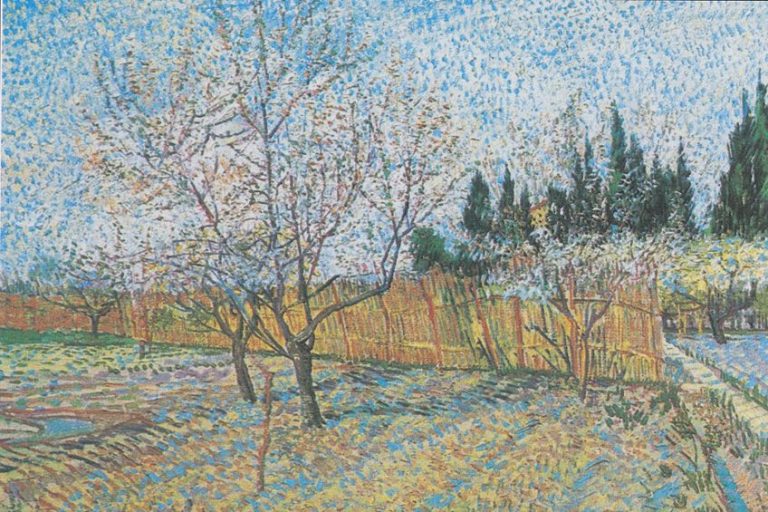Gustave Caillebotte – The Forgotten Impressionist
Gustave Caillebotte, a prominent French painter and key figure in the Impressionist movement, is renowned for his distinctive blend of realism and innovative compositional techniques. Born in 1848 to a wealthy family, Caillebotte’s artistry defied conventional norms, capturing the evolving urban landscape of late 19th-century Paris with remarkable precision and emotional depth. His works often depicted modern city life, including bustling streets, leisure activities, and the advent of industrialization, showcasing a unique perspective that continues to fascinate art enthusiasts and scholars alike.
Key Takeaways
- Caillebotte was a central figure in French Impressionism, recognized for his realistic approach to depicting modern Paris.
- His experimentation with photographic techniques and perspectives influenced his portrayal of urban scenes.
- Beyond his own art, Caillebotte significantly contributed to the success of the Impressionist movement through support and organization.
Early Training
| Birth | August 19, 1848 |
| Death | February 21, 1894 |
| Place of Birth | Paris, France |
| Genre of Work | Impressionism, Realism, and Genre painting |
Gustave Caillebotte was an influential figure within the French Impressionism movement, though his style often threaded the line between classical academic art and the avant-garde approaches of his peers. Born in Paris into a wealthy family, Caillebotte used his fortunes to support the Impressionist cause, both through his participation and financial patronage. His early interest in photography greatly influenced his art, making him an innovator in exploiting photographic tilt and perspective to create a more realistic and modern representation of urban life.

The work of Caillebotte offers a glimpse into the urban landscape of Paris during a period of change and modernization. His paintings display an unusual mix of realism and impressionist techniques, capturing the essence of Parisian life in the late 19th century with precision and emotion. Besides his creation of art, Caillebotte was instrumental in organizing Impressionist exhibitions and played a crucial role in the recognition and promotion of the movement.
Even after his death on February 21, 1894, the legacy of his work continued to garner appreciation, emphasizing his dual role as both a talented painter and a notable art patron.
Formative Years
Caillebotte was born into a prosperous family, which provided him access to the art world and educational resources. His family’s wealth and connections were crucial in fostering his early interest in the arts.
Early Life and Education
He grew up in Paris and, following the Franco-Prussian War, he was determined to become an artist. His legal studies and engineering background are reflected in the precision of his work, showcasing his varied education and its influence on his artistic approach.

Mature Period
During his mature period, Caillebotte became deeply involved with the Impressionist movement, not only painting but also supporting his contemporaries financially and organizing exhibitions. His unique perspective on urban Paris was displayed through his art, capturing the city’s new boulevards and modern life.
Late Period and Death
Caillebotte’s later years were marked by a continued dedication to painting and art collection. He passed away on February 21, 1894, leaving a substantial collection of works to the French government. His legacy includes not only his own contributions as a painter but also his significant role as a patron of the arts.

Personal Life and Impact
Gustave Caillebotte’s life was characterized by his background in a prosperous family, significant contributions to art as a patron, and a range of interests reflecting his passion for the modernization of Paris.
Family and Background
Gustave Caillebotte was born on August 19, 1848, into a wealthy Parisian family. His father, Martial Caillebotte, was the owner of a successful textile business, which laid the financial groundwork for Gustave’s education and artistic pursuits. After studying law, Caillebotte turned his focus to painting, a passion supported by his family’s wealth.

Patronage and Influence
Inheriting a large fortune from his father, Caillebotte became an essential patron to the Impressionist movement, both through his financial support and his personal collections. He helped organize Impressionist exhibitions and purchased works by other artists, which he later bequeathed to the French state, insisting they be displayed in the Luxembourg Palace.
His patronage was crucial in sustaining the movement and promoting its wider acceptance.
- Key collections: Caillebotte’s private collections included works of notable Impressionists.
- Exhibitions: Assisted in organizing art exhibitions for the Impressionist group.
Hobbies and Interests
Caillebotte had a keen interest in depicting modern life through his art. His hobbies included boating and gardening, both of which featured prominently in his artwork. Scenes of leisure, rural landscapes, and boating scenes were recurrent motifs, showcasing his strong sense of composition and ability to capture everyday life. His garden in Petit-Gennevilliers, and his fascination with leisure activities, were windows into his personal world and influenced many of his celebrated works.
- Motifs: Leisure activities, gardens, and modern life.
- Style: Showcased a realistic interpretation of contemporary Parisian life with a strong sense of composition.

Artistic Career and Works
Gustave Caillebotte emerged as a pivotal figure bridging academic tradition and Impressionism, contributing significantly to the art world with his unique style and influential works like “Paris Street; Rainy Day.”
Development as an Artist
Caillebotte’s journey as an artist commenced with his classical training and later transitioned towards the avant-garde. His exposure to and engagement with the Impressionist circle enriched his stylistic evolution, which nonetheless maintained a distinct realism.

Academic Pursuits
Despite his wealth, Caillebotte pursued formal art education, studying under Léon Bonnat and later at the École des Beaux-Arts in Paris. His academic background enhanced the technical precision of his compositions.
Key Paintings
- The Floor Scrapers (1875): Considered one of his first masterpieces, it challenged traditional subject matter and is now displayed at the Musée d’Orsay.
- The Pont de l’Europe (1876): Showcases his fascination with contemporary Parisian architecture and society.
- Paris Street; Rainy Day (1877): A masterful depiction of urban life in Paris, held at the Art Institute of Chicago.
- Man at His Bath (1884): An intimate and bold portrayal diverging from typical Impressionist themes.

Artistic Techniques
Caillebotte utilized oil on canvas to produce detailed and structured paintings, often incorporating the effects of light and shadow. His interest in perspective and photographic realism was combined with influences from Japanese prints.
The artist sometimes painted en plein air, a technique favored by Impressionists, yet his color palette remained restrained compared to his contemporaries.
Contributions to Impressionism
Gustave Caillebotte’s impact on Impressionism was significant due to his support for the movement, collaborative efforts with renowned artists, and his distinct realist-impressionist style.

Advocacy and Exhibition
Caillebotte was not only a talented painter but also a key advocate for the Impressionist movement. His financial backing and bourgeoise background provided crucial support. He played a monumental role in organizing the Impressionists’ exhibitions, contributing to their success and exposure.
It was at the Impressionist Exhibition of 1876, 1877, 1879, 1880, and 1882 that Caillebotte presented some of his own works alongside those of Monet, Renoir, Degas, Pissarro, Manet, Cézanne, and Seurat.
Collaboration With Contemporaries
Caillebotte’s relationships with other Impressionist artists were marked by collaboration and mutual respect. He was a friend and patron to many, including Monet and Renoir, providing them with financial support and purchasing their works, often to save them from financial hardship. This generosity helped these artists continue to create and exhibit their work. Caillebotte’s own residence served as a meeting place for these influential figures, fostering an environment of shared ideas and techniques.

Artistic Accomplishments
Caillebotte’s own artwork blended a unique synthesis of academic and Impressionist styles. His paintings, characterized by their realistic depiction and emphasis on perspective and light, contributed a distinct voice to the movement. Notable works, such as Paris Streets, Rainy Day from 1877, showcased this meticulous approach, displaying his draughtsmanship and attention to geometrical detail. After his death, his collection, including many masterpieces, was bequeathed to the French state, with some pieces entering the public domain and forming part of the Charles H. and Mary F. S. Worcester Collection.
His patronage and commitment to art extended beyond his own lifetime, enriching public collections and preserving the legacy of Impressionism.
Legacy of Gustave Caillebotte
Gustave Caillebotte’s contributions to art were long underappreciated, but his legacy has grown steadily over time. His commitment to Impressionism as a member and patron was notable, supporting his fellow artists financially and through art purchases. Caillebotte was acclaimed for his distinctive approach to Impressionism, which included elements of realism. His ability to capture urban life and his precise draftsmanship set him apart.

Over time, he amassed an extensive art collection, securing works by renowned Impressionists. Caillebotte bequeathed his collection to the French state, contributing significantly to the preservation of Impressionist art. His works have become crucial to the study of urban life and development in late 19th-century Paris and are valued for the insight they provide into the period. Through his paintings, Caillebotte continues to influence the perception of Impressionism and is celebrated for his role within this art movement.
Gustave Caillebotte’s legacy endures as a testament to his artistic vision and contributions to the Impressionist movement. His ability to merge realism with a modern sensibility, capturing the essence of urban life in 19th-century Paris, has secured his place among the most celebrated painters of his time. Caillebotte’s exploration of light, space, and human activity not only reflected the changing face of society but also paved the way for future generations of artists to experiment with new perspectives and techniques. Today, his works continue to resonate with audiences worldwide, serving as timeless windows into a pivotal era in art history.
Frequently Asked Questions
What Artistic Styles Did Caillebotte Incorporate into His Paintings?
Caillebotte is recognized for his expertise in drawing and a distinctive flair for capturing perspective. His paintings frequently exhibit elements of Impressionism, especially in his attention to light and movement, with a penchant for incorporating modern urban life and architectural details in a realistic manner.
What Aspects of Caillebotte’s Upbringing Influenced His Art?
Born into an affluent family in 1848, Gustave Caillebotte’s upbringing in a rapidly modernizing Paris influenced his artistic focus. The reconstruction of Paris under Napoleon III and Georges-Eugène Haussmann sparked his interest in urban life and the changing cityscape, which became prevailing themes in his works.
Which Masterpieces Is Caillebotte Most Celebrated For?
Caillebotte’s most celebrated works include Paris Street; Rainy Day (1877) and Young Man at His Window (1876). These paintings are renowned for their realistic portrayal of Parisian life and masterful use of perspective. His piece, Partie de bateau (Boating Party), painted around 1877 to 1878 is also notable and acknowledged as a masterpiece.
Isabella studied at the University of Cape Town in South Africa and graduated with a Bachelor of Arts majoring in English Literature & Language and Psychology. Throughout her undergraduate years, she took Art History as an additional subject and absolutely loved it. Building on from her art history knowledge that began in high school, art has always been a particular area of fascination for her. From learning about artworks previously unknown to her, or sharpening her existing understanding of specific works, the ability to continue learning within this interesting sphere excites her greatly.
Her focal points of interest in art history encompass profiling specific artists and art movements, as it is these areas where she is able to really dig deep into the rich narrative of the art world. Additionally, she particularly enjoys exploring the different artistic styles of the 20th century, as well as the important impact that female artists have had on the development of art history.
Learn more about Isabella Meyer and the Art in Context Team.
Cite this Article
Isabella, Meyer, “Gustave Caillebotte – The Forgotten Impressionist.” Art in Context. May 21, 2024. URL: https://artincontext.org/gustave-caillebotte/
Meyer, I. (2024, 21 May). Gustave Caillebotte – The Forgotten Impressionist. Art in Context. https://artincontext.org/gustave-caillebotte/
Meyer, Isabella. “Gustave Caillebotte – The Forgotten Impressionist.” Art in Context, May 21, 2024. https://artincontext.org/gustave-caillebotte/.











